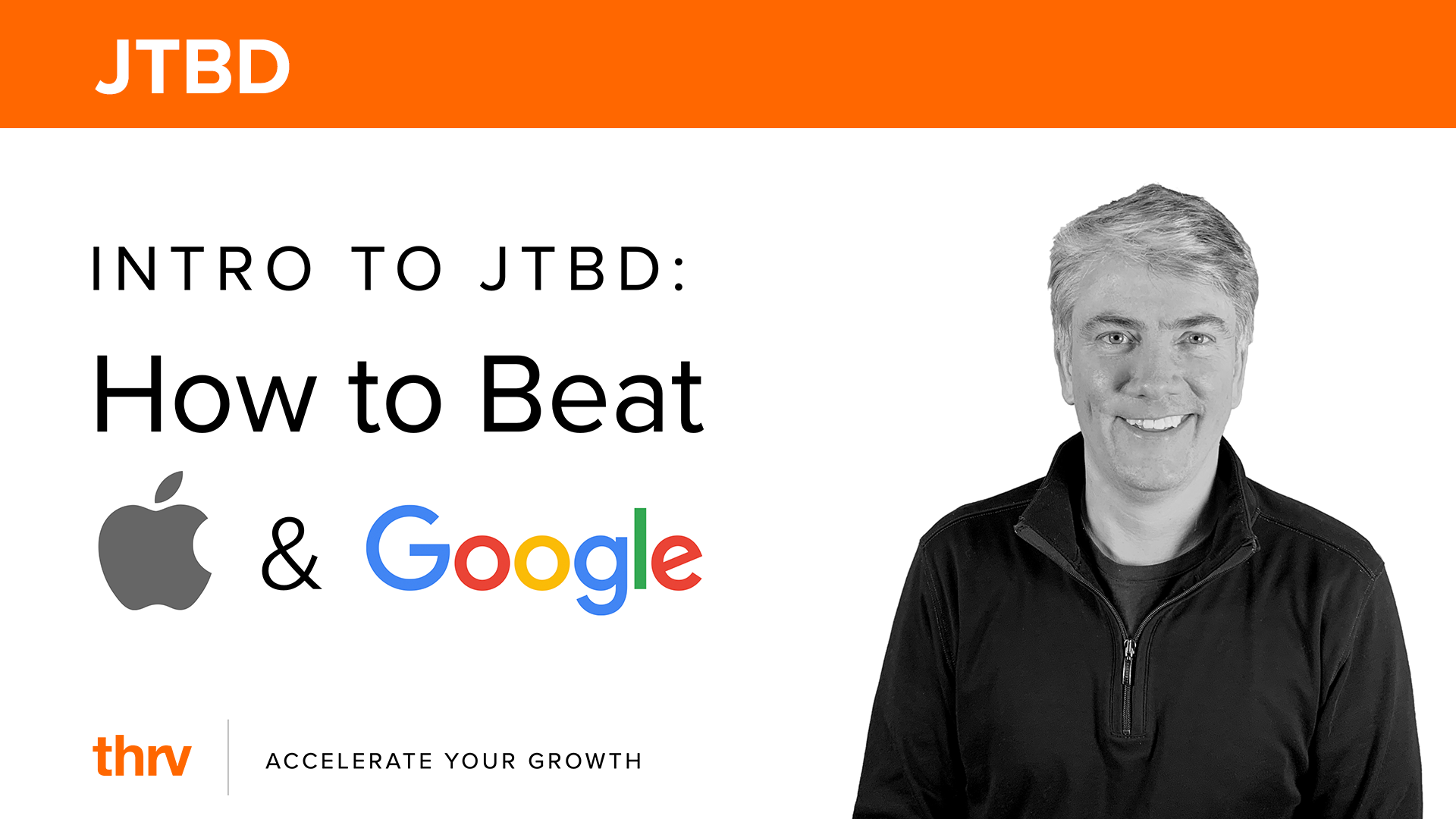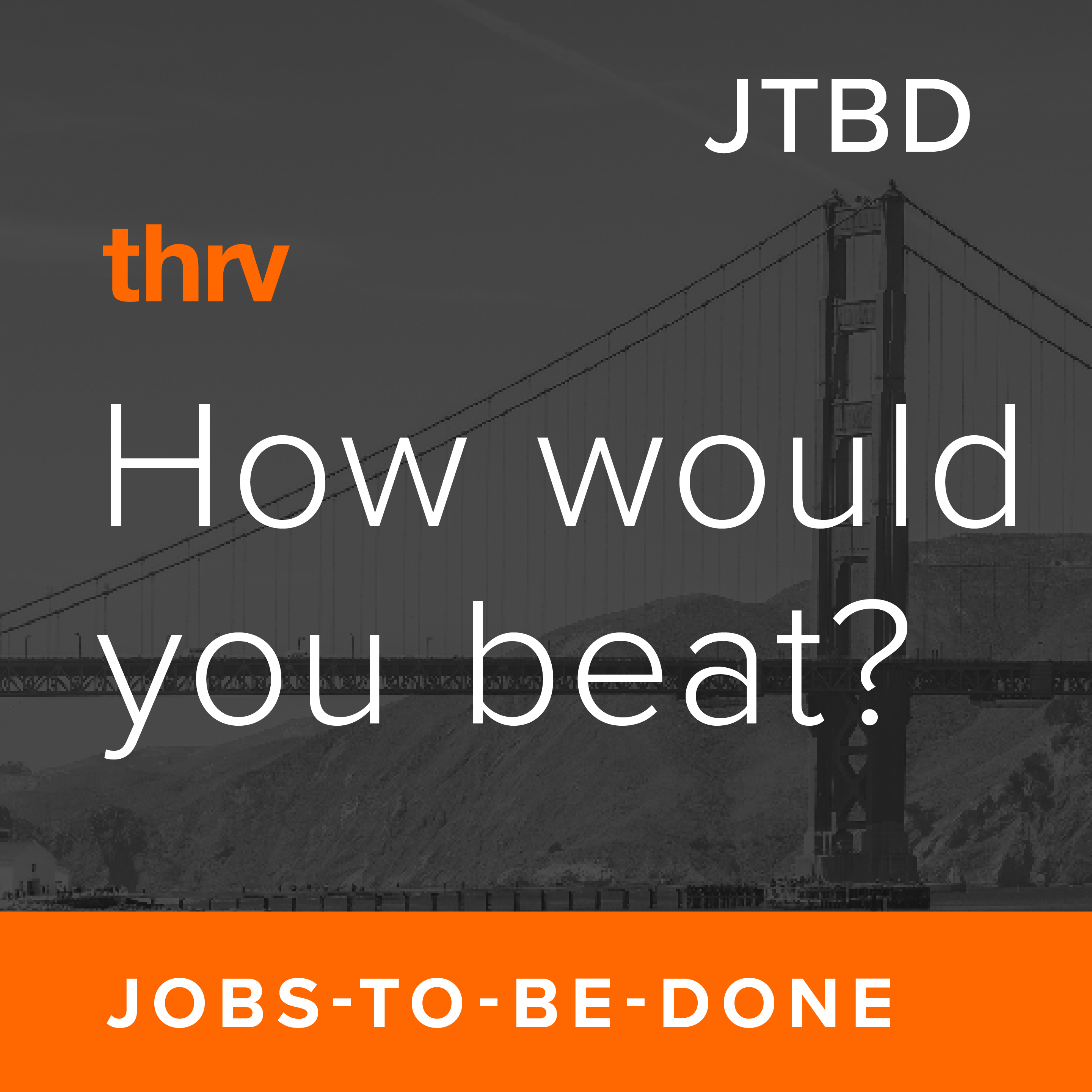Customer "hire"
What Does It Mean When Customers "Hire" a Product?
The concept of customers "hiring" a product comes from Jobs Theory. It refers to the idea that customers don’t buy products or services for their own sake—they hire them to help make progress in their lives. This progress is often described as completing a job-to-be-done. For example, someone might hire a coffee shop not just for coffee but to "create a productive environment for work."
The term "hire" emphasizes the purposeful nature of customer decisions. Just as an employer hires an employee to perform specific tasks, customers choose products or services based on how well they fulfill their needs in particular circumstances.
Why Do Customers Hire Products?
What Drives Customers to Make Hiring Decisions?
Customers hire products when they face challenges or opportunities that require solutions. These hiring decisions are influenced by:
- Functional Needs: The practical task they want to accomplish.
- Emotional Needs: How they want to feel while completing the task.
- Social Needs: How they want others to perceive them during or after completing the task.
For example:
- A parent might hire an educational app to teach their child math (functional).
- They may also want their child to feel confident while learning (emotional).
- Additionally, they may want other parents to see them as proactive and invested in their child’s education (social).
What Are Examples of Customer Hiring Behavior?
- Streaming Services: Customers hire Netflix or Spotify to "relax and enjoy entertainment without ads."
- Rideshare Apps: Uber and Lyft are hired to "get from point A to point B conveniently and safely."
- Fitness Trackers: Products like Fitbit are hired to "track progress toward fitness goals."
What Happens When Customers Fire Products?
Why Do Customers Stop Using Certain Products?
Customers fire products when those products fail to meet their expectations or no longer align with their needs. Common reasons include:
- Poor performance: The product doesn’t fulfill the functional job effectively.
- Emotional dissatisfaction: The product creates frustration or negative feelings.
- Social misalignment: The product doesn’t match the customer’s desired image.
For example:
- A customer might fire a gym membership if it doesn’t help them achieve fitness goals.
- They may fire a streaming service if it lacks content they enjoy.
Understanding why customers fire products is crucial for identifying opportunities for improvement and innovation.
How Can Businesses Use the Concept of Customer Hiring?
How Does Understanding Hiring Decisions Drive Innovation?
By analyzing why customers hire products, businesses can uncover unmet needs and design solutions that better fulfill those needs. This approach helps companies:
- Develop Superior Products: Focus on delivering functional, emotional, and social benefits.
- Improve Marketing: Craft messages that resonate with customer Jobs To Be Done.
- Enhance Customer Retention: Address pain points that lead customers to fire products.
How Can You Learn Why Customers Hire Your Product?
Conducting JTBD interviews and contextual inquiries can reveal the circumstances driving hiring decisions. Ask questions like:
- What problem were you trying to solve when you chose our product?
- What alternatives did you consider before making your decision?
- How do we measure success when using our product?
Why Choose Thrv to Understand Customer Hiring Behavior?
At thrv, we specialize in helping businesses uncover why customers hire their products—and why they fire them. Using tools like JTBD interviews, job maps, and outcome-driven innovation (ODI), we help you identify unmet needs and create solutions that better align with your customers' Jobs To Be Done.
Discover how thrv can transform your understanding of customer behavior into actionable insights that drive growth and innovation. Visit thrv today!
Here are the glossary entries for the remaining terms, following the structure and guidelines you provided:




